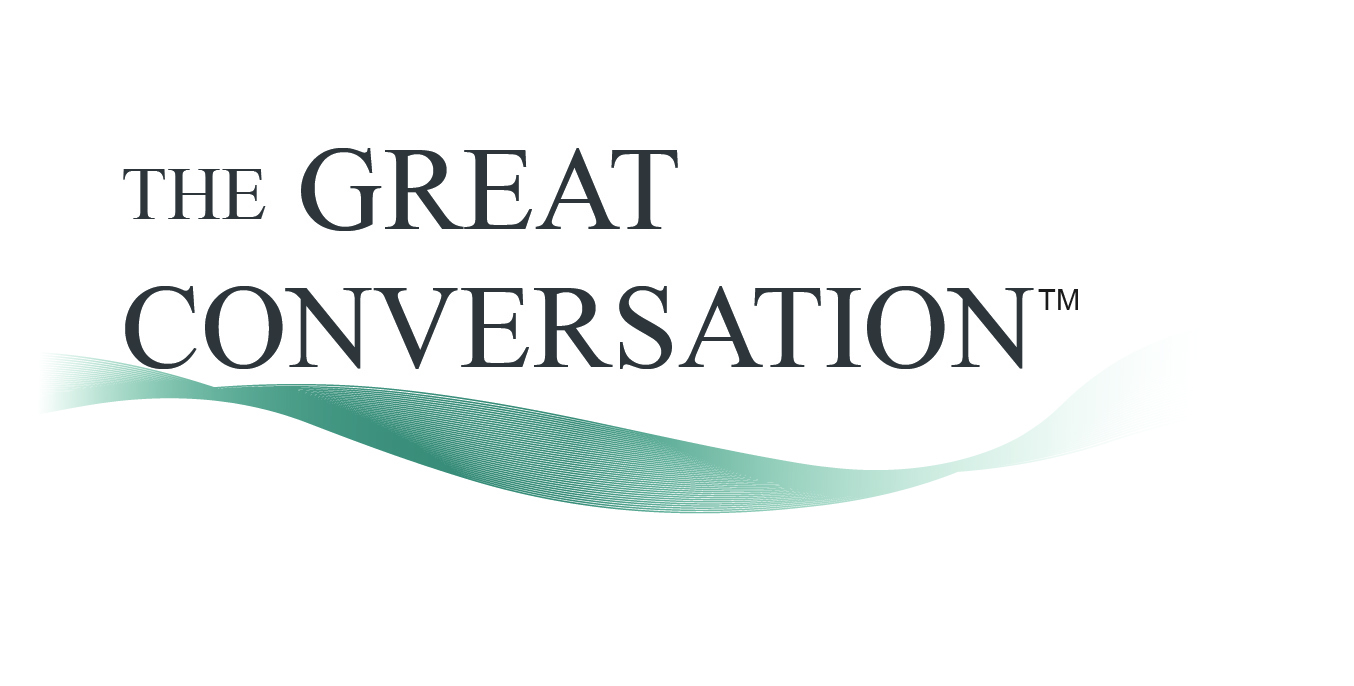The emergency management cycle is made up of four major parts: Mitigate, Prepare, Respond, and Recover. Emergency management for entities with wide-spread, particularly multinational operations present unique challenges. Ultimately, the goal of emergency management is to minimize the impact on operations, respond effectively and recover efficiently so the organization can get back to its core functions.
Other than facing a crisis, how can you evaluate your plans and preparations to see if they have a good chance of success when it comes time to respond and recover? Having a solid template that is adapted to your industry is a good start, but each operating location will have its own unique variables that are going to impact the plan. To ensure maximum effectiveness, it is critical that the plans and preparations are viable, accurate, and usable for each operating location.
What do I mean by a viable plan? Unfortunately, the plan designed for Ottawa will likely not work in Ouagadougou, nor will the plan for Chicago work in Calcutta. Plans for production facilities will differ greatly from administrative or public-facing operating sites. There are myriad factors that come into play when trying to put together a viable plan for a given location. Some of these include variations on the size, structure, and operations of the location, local laws and effectiveness of local response services, and even variances in construction and fire codes. Another major factor is the make-up of the staff: pre-defined roles and action items will need to be adjusted to fit the specific location being evaluated. The working groups that develop the plans for their location need to be encouraged to evaluate and incorporate these factors into their planning and preparations, not just accept the template as adequate.
Each city in the world is going to have variables that need to be accounted for and there will likely be variables you would never think to consider. It’s always useful to reach out to the local emergency management services, organizations like the International Association of Emergency Managers (www.iaem.org), other companies working in the same environment, or the embassy(s) of the countries in which your company is headquartered to get some ideas of the variables to consider.
What do I mean by an accurate plan? The shelf-life of the information in your plan and the equipment used to implement it is limited. Without a regular refreshment, the plan’s viability is again at risk. Contacts need to be regularly reviewed and updated. Here are some example questions to be answered:
Has the operating location itself changed, such as increasing or reducing in size or staff, or a change in operations that needs to be accounted for?
What about the incorporation of new technology into the worksite, such as upgraded cameras, alarms, or communications?
Are there any changes in the local environment, such as a fire department that gets new trucks that are now too big to access your location, or an increase in civil unrest or terrorist threat?
Emergency preparations need to be refreshed as well.
Do the people you trained to take specific actions still work at this location?
Do they need some refresher training?
Are the supplies expired?
Finally, plans and preparations need to be usable. Having a huge binder, or even a small flipchart, that no one ever looks at is not a usable plan. Too often, plans become bloated with too much information and preparations that rely on high-tech solutions that may fail when needed most. Keeping it simple is important. While the overall plan may appear complicated and dense, ensuring it is structured by phase of the planned-for emergency with role-based checklists allows for key information to be extracted in a shorter, more useable form for each employee. While not restricting knowledge of the whole plan from anyone, the key is to help employees focus on their part. Regular communication of this is also key, so that employees are familiar with immediate, potentially life-saving, actions that can be taken if needed.
Keeping supplies accessible and ensuring people know how to use them is critical. Instead of locking up emergency supplies so they are not pilfered, tamper-evident seals or other controls may be a better idea. Make sure to offer regular refreshers on how to operate emergency equipment such as fire extinguishers, satellite phones, or automatic defibrillators, and specialized equipment unique to your business or industry.
Ultimately, no matter how good the overall template is, no template can account for the uniqueness of each operating location in a global setting. With a focus on getting local working groups to adjust the template to focus on creating viable, accurate, and usable plans and preparations the chances of a successful response and recovery can be dramatically increased.
Christopher Stitt has spent more than two decades in international security, emergency management, and law enforcement with the Federal Government. He is also Adjunct Faculty at George Mason University and is credentialed as a Certified Emergency Manager by the International Association of Emergency Managers.
His specialties include: Emergency management; multi-jurisdictional crisis management; enterprise-wide crisis management policy development; program development and management; strategic planning; risk analysis and mitigation strategies; policy and procedure development; technology/policy/process integration; criminal, personnel, internal, and counterintelligence investigations; and dignitary protection.


















